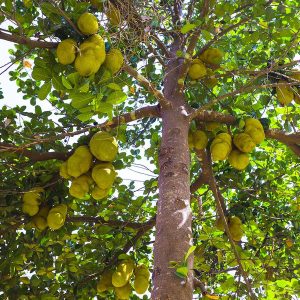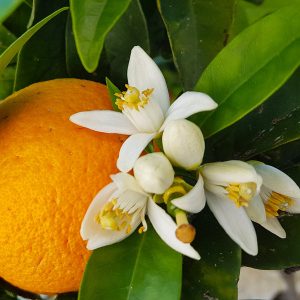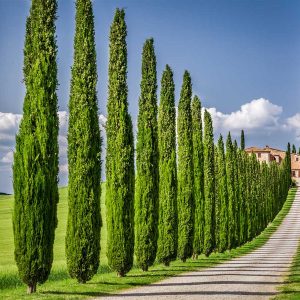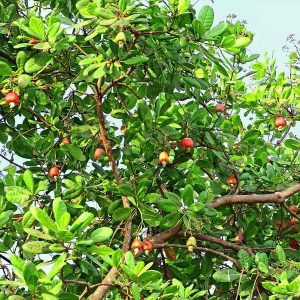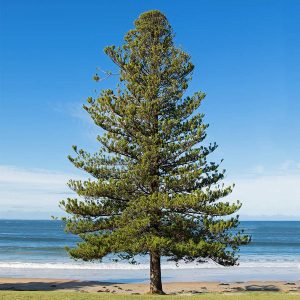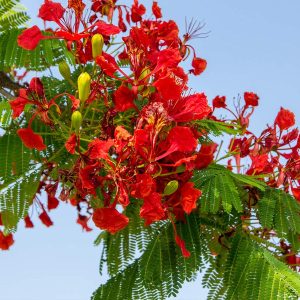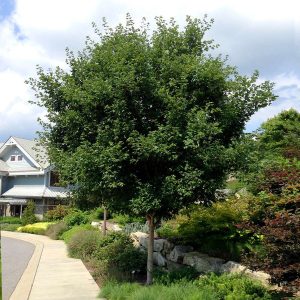Native to Japan, Korea and China, Japanese Maples (Acer palmatum) include a rich variety of deciduous shrubs or small trees with graceful habits, elegantly cut leaves and extraordinarily colorful foliage, particularly in spring or fall when the leaves warm up to dazzling shades of golden-yellow, red-purple and bronze, before shedding to the ground. As they fall, they expose the bright, coral red bark on young twigs and branches of some Japanese Maple cultivars, adding a much needed splash of color in the winter landscape.
Belonging to the ‘Coral Bark group’, these Japanese Maples are all outstanding four-season trees that are treasured by all gardeners as they grace the landscape. A must for those who appreciate winter bark interest!
Here is a list of Acers that will help you create beautiful winter scenes and let you enjoy the winter season in a beautiful new way.
- Plant Type Shrubs, Trees
- Plant Family Acer – Maples
- Exposure Full Sun, Partial Sun
- Season of Interest Spring (Mid,Late)
- Water Needs Average
- Maintenance Low
- Soil Type Chalk, Clay, Loam, Sand
- Soil pH Acid, Neutral
- Soil Drainage Moist but Well-Drained
- Characteristics Showy
- Tolerance Rabbit
‘Sango-kaku’ coral bark Japanese maple is a deciduous, small to medium-sized tree in the Sapindaceae (soapberry) family, This cultivar is noted for its coral-red bark that is particularly showy in the fall and winter after the leaves drop. Japanese maples are native to southeast Korea and central and south Japan. Acer is Latin for sharp and palmatum means shaped like a hand, referring to the leaves.
Coral bark Japanese maple is a slow- to moderate-growing woody tree. Plant it in full sun to partial shade and in moist, well-drained soil. It tolerates a range of soil types including sand and heavy clay. The foliage will retain a light green-yellow color through spring and summer, and in fall it will turn bright yellow. The color intensifies in cold weather to almost salmon, and although it produces its best color in full sun, new foliage may scorch. This cultivar is drought tolerant.
Plant it in a garden that needs winter interest to really showcase its red bark or plant it in a small space, courtyard, patio, or Asian garden.
Insects, Diseases, and Other Plant Problems: Aphids, scale, maple worms, leafrollers, and leafhoppers are occasional pests. Anthracnose, leaf scorch, and frost damage, especially from late frosts, can occur. It self-seeds easily so can spread and become weedy in the landscape.
When planting coral bark Japanese maples, select a site with moist, well-draining soil, light shade to guard against the intense afternoon sun, and protection from high winds that can dry the plant out too quickly. When planting any tree, dig a hole twice as wide as the root ball, but no deeper.
Planting trees too deeply can lead to root girdling. Caring for coral bark Japanese maple trees is the same as caring for any Japanese maples. After planting, be sure to water it deeply every day for the first week. During the second week, water deeply every other day. Beyond the second week, you can water it deeply once or twice a week but back off on this watering schedule if the tips of the foliage turn brown.


